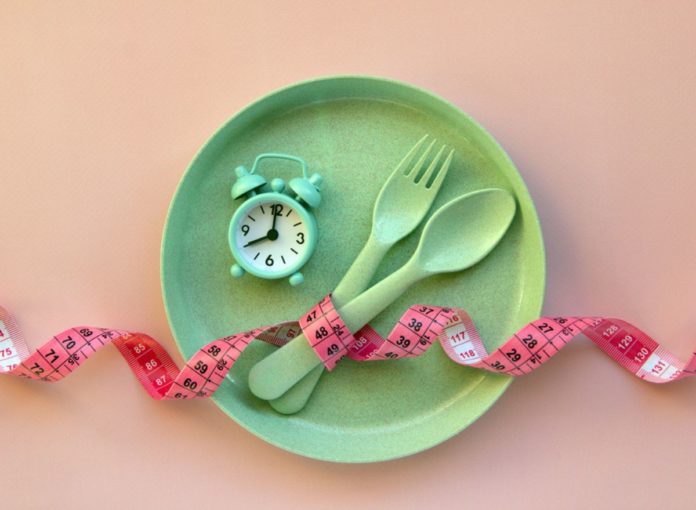Throughout the years, trendy diets have come and gone. But while some diets of yesterday may seem quite ordinary, others are a bit more shocking. For example, in the 1920s there was a diet that just consisted of cigarettes. Another surprising one cropped up during the Victorian era when people ingested tapeworm pills because they thought this would help cut down calorie intake. From the mundane to the extreme, diets have existed in all different forms, some are harmless but ill-advised, while others are downright dangerous! Here are eight old-fashioned diets that you should never follow.
Nataly Komova, RD and fitness expert at JustCBD points out that one antiquated diet you should never follow is the cigarette diet. This diet, which was popular in the 1920s, advised people to smoke a cigarette whenever they felt hungry instead of actually eating food. This was thought to help lower daily calorie intake. “Though it can help you lower your food and calorie intake, the cigarette diet can increase risks of serious health conditions such as cancer,” says Komova.

In the 1960s, Sleeping Beauty wasn’t just a popular fairytale character but also the name of a harmful diet. “This was an unhealthy diet to promote weight loss that encouraged people to sleep more even when hungry,” says Komova. “This diet can lead to a sedentary lifestyle and lack of essential nutrients, hence why it is among the old-fashioned diets to avoid.”
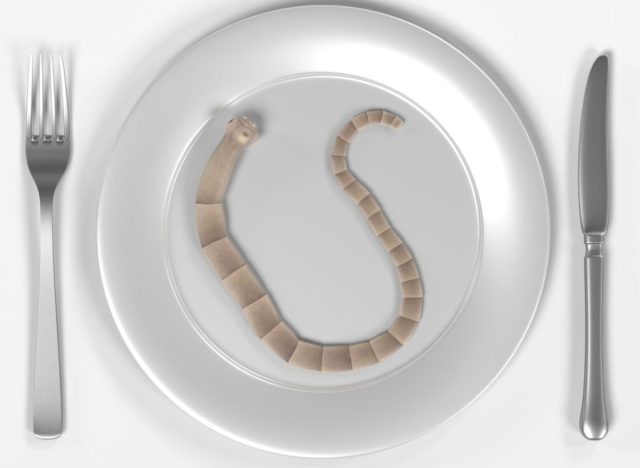
Perhaps one of the most surprising and unnerving old-fashioned diets out there is the tapeworm diet. “This diet entailed consuming more food without minding if it’s healthy or not as people were meant to believe ingesting tapeworms in pill form could support weight loss regardless of the calorie intake,” explains Komova.
This diet, although popular in the early 1900s, came with a laundry list of harmful side effects. Komova points out that these tapeworm pills were linked to a higher risk of dementia, seizures, and brain, muscle, and eye damage.
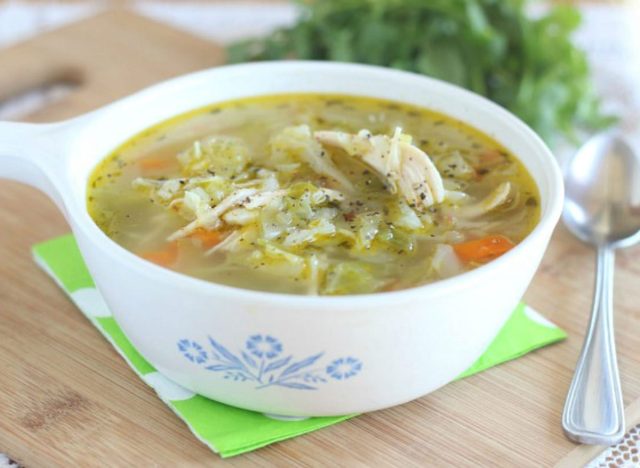
Sara Chatfield, MPH, RDN at Health Canal names the cabbage soup diet as an old-fashioned diet that should not be followed. “While the increased cabbage intake is healthful due to the fiber and antioxidant content, the diet overall is lacking in variety,” says Chatfield. She explains that it encourages people to eat cabbage soup up to three times a day, alongside only a small amount of other food types, such as fruits and meats. “The diet is low in calories so it may lead to weight loss, but much of that weight will be water and muscle due to its low calorie and protein content, and it’s not a sustainable way to eat long term,” she shares.
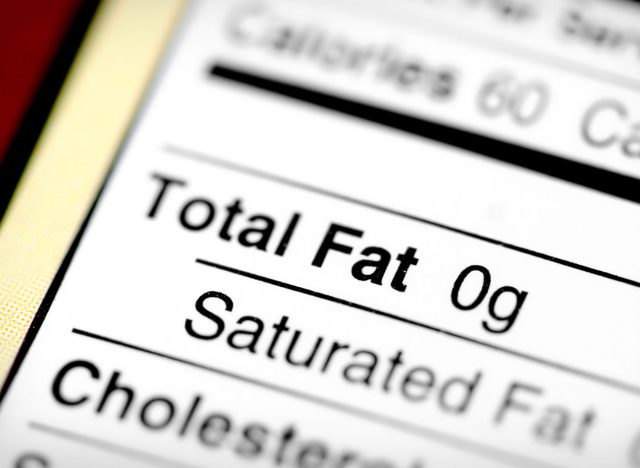
Chatfield shares that another old-fashioned diet trend is the low-fat diet, which was big in the 1990s. “[During this time] there was a boom of fat-free and low-fat highly processed snacks like cookies, crackers, and snack bars,” she says. Chatfield points out, however, that today we understand that “low-fat” does not always equate to “healthy”.
“Low-fat diets have not shown significant benefits for weight loss or disease prevention,” Chatfield explains, “In fact, we now know that intake of healthful monounsaturated and polyunsaturated fats from nuts, seeds, some oils, and fatty fish has health benefits.” She shares that eating high amounts of highly processed low-fat products, which often have more sugar or refined carbs to take the place of missing fat, may lead to weight gain and chronic disease.
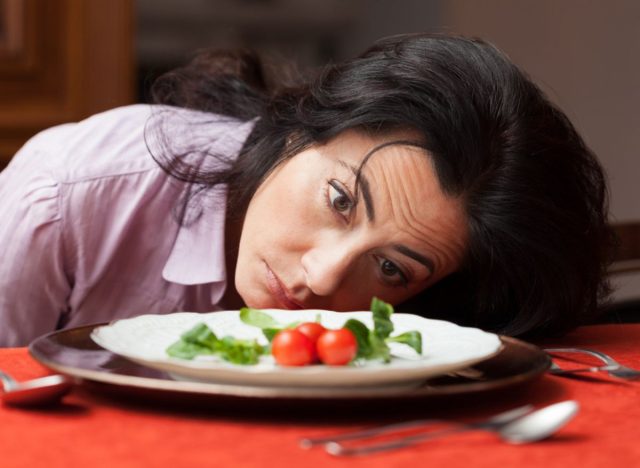
The Scarsdale Diet, which was popular in the X, is a diet in which you only eat 1,000 calories each day no matter your size or how active you are. “You’ll definitely drop some water weight and a little bit of fat, but you’ll also be hangry and miserable and probably eat everything in sight as soon as it’s over,” advises Esther Avant, CISSN, PN 1 & 2, ACE, and owner of EA Coaching.
“While you do need to be in a caloric deficit in order to lose weight, there’s absolutely no reason to be so extreme in order to do so,” Avant adds. “You’ll find the process much more pleasant and your results more sustainable when you create a moderate deficit, continue to eat foods you enjoy, and acknowledge that weight loss is a process that takes time and patience.”
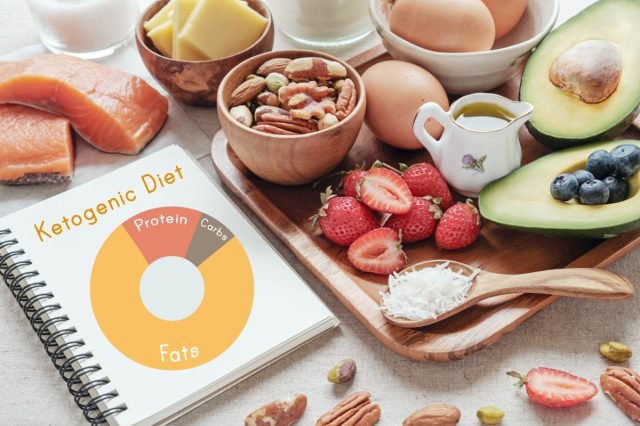
A popular fad diet of the 1970s, the Atkins diet is one you may also want to steer clear of. “The Atkins diet was a low-carb fad created by Robert Atkins in the ’70s, yet it is very much still around today,” says Blair Persyn, MS, RDN, LDN, CNSC, owner of Bites With Blair, LLC. This diet asks for people to avoid foods such as starchy vegetables, tropical fruits, breads, pastas, and sweets. “Think of it as an old-school keto diet with a little less emphasis on fats,” she adds.
Persyn points out that while it is important to include healthy fats and proteins in our diets, the Atkins diet takes its restrictions too far. “Relying heavily on protein and fat sources in our diets can quickly lead to excess saturated fat intake, which has been associated with obesity, heart disease, diabetes, and some cancers,” Persyn shares. Plus, she adds, carbs do not need to be cut out in order for a person to lose weight or be healthy. “Whole grains, legumes, fruits, and veggies provide us with an excellent source of fiber, which is beneficial for heart health, gut health, and weight management,” she says.
RELATED: 19 High Protein Breakfasts That Keep You Full

Even though the Master Cleanse has been mainstream for decades now, it doesn’t mean that it is necessarily healthy or safe. “Unfortunately, cleanses like ‘The Master Cleanse’, also known as the Lemonade Diet or Maple Syrup Diet, first published in the 1940s, are still followed by individuals today—even though we know that it is a true blow to the body,” Valerie Orsoni, nutritionist, health expert and founder of LeBootCamp.
Orsoni explains that during this diet you consume only the “Master Cleanse Mix,” which is a combination of lemon juice, maple syrup, cayenne pepper, and water, for between four and 14 days. “The result is extreme caloric restriction, which means you will lose weight very quickly, but your body will go into starvation mode and learn how to better store the next time you eat.” she explains.


























